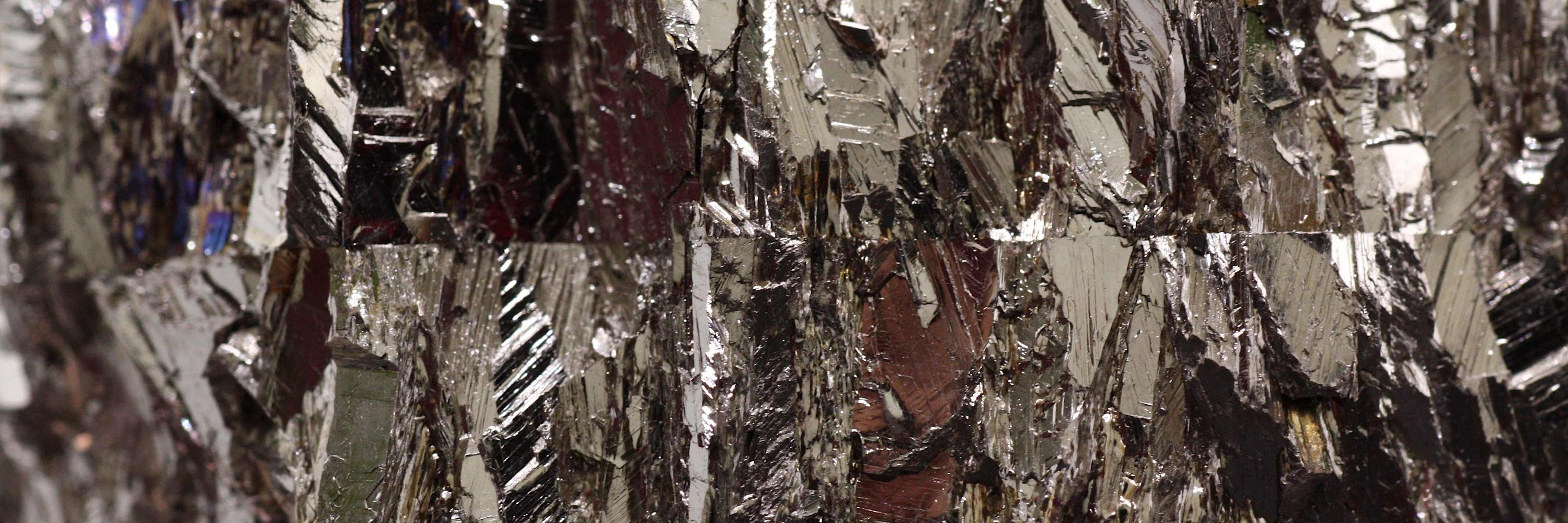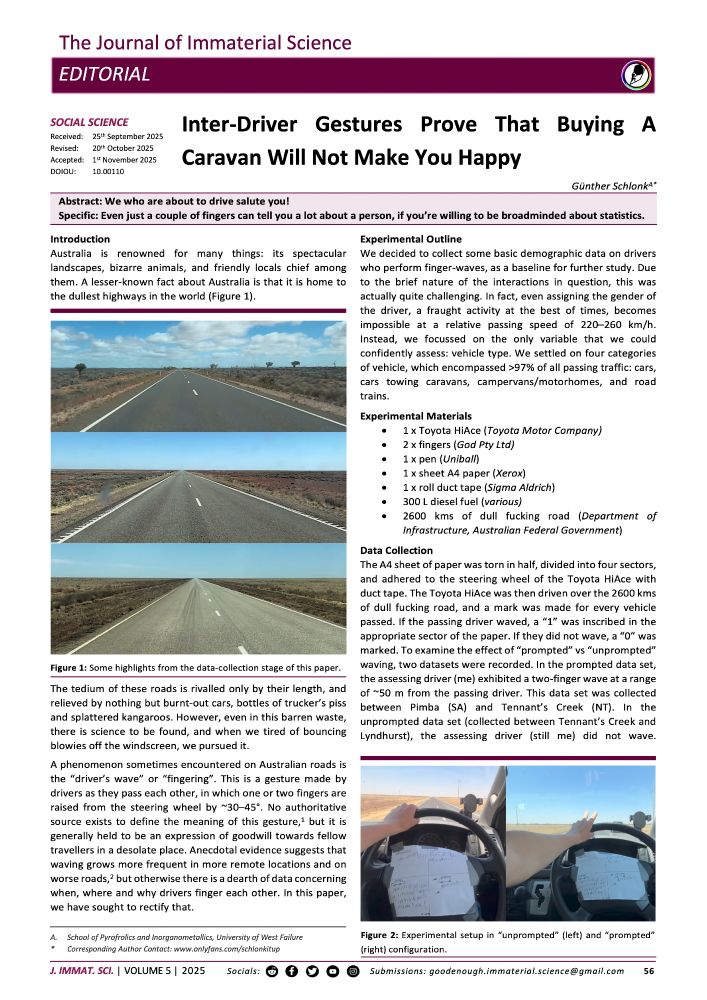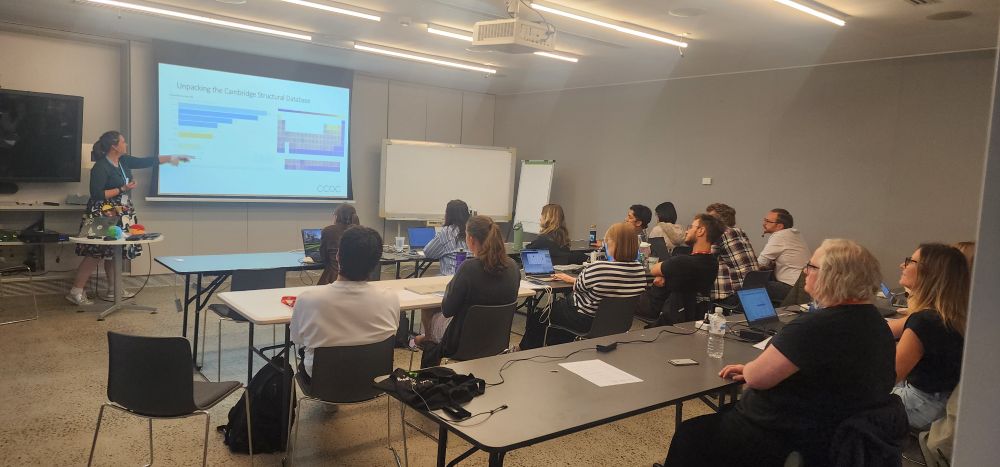
This is the HiRISE/MRO image ⬇️


You can buy it here for $15: meitneriumpress.com
50% of profits will support undergrad education at the Cal Poly Pomona Crystallography Co-op.
#chemsky #chemchat

Read our blog post to learn more about this work from Atiqur Rahman, John C McMurtrie, Sajesh P Thomas & Jack K Clegg 👇
blogs.rsc.org/ce/2025/11/1...
#Chemsky 🧪

Read our blog post to learn more about this work from Atiqur Rahman, John C McMurtrie, Sajesh P Thomas & Jack K Clegg 👇
blogs.rsc.org/ce/2025/11/1...
#Chemsky 🧪
🔗 Learn more: https://www.physics.ox.ac.uk/about-us/our-history/highlights-archive/moseley-and-x-rays

#Crystallography #ChemChat #Chemistry


PDF: www.immaterialscience.org/2025/fingering



PDF: www.immaterialscience.org/2025/fingering
A virtual collection from #AustJChem celebrating Nobel Laureate Professor Richard Robson, pioneer of MOFs.
Explore 60 years of his groundbreaking work, free to read until 27 Feb 2026. @csiropublishing.bsky.social @unimelb.bsky.social
connectsci.au/ch/collectio...
A virtual collection from #AustJChem celebrating Nobel Laureate Professor Richard Robson, pioneer of MOFs.
Explore 60 years of his groundbreaking work, free to read until 27 Feb 2026. @csiropublishing.bsky.social @unimelb.bsky.social
connectsci.au/ch/collectio...





We were honoured to celebrate Prof Robson’s remarkable achievements in our 2019 Special Collection, and are thrilled to see him now recognised with the 2025 Nobel Prize in Chemistry! #AustJChem
Which you can revisit here:
www.publish.csiro.au/CH/issue/9431
We were honoured to celebrate Prof Robson’s remarkable achievements in our 2019 Special Collection, and are thrilled to see him now recognised with the 2025 Nobel Prize in Chemistry! #AustJChem
Which you can revisit here:
www.publish.csiro.au/CH/issue/9431


pubs.rsc.org/en/content/a...
#crystals #flexible #chemistry
pubs.rsc.org/en/content/a...
#crystals #flexible #chemistry
#fds2025 #fds #fetedelascience @cnrs-insmi.bsky.social @univcotedazur.bsky.social @cnrscotedazur.bsky.social




I think you’ve got useable crystals there, Derek.




I think you’ve got useable crystals there, Derek.





www.nytimes.com/2025/10/09/s...



